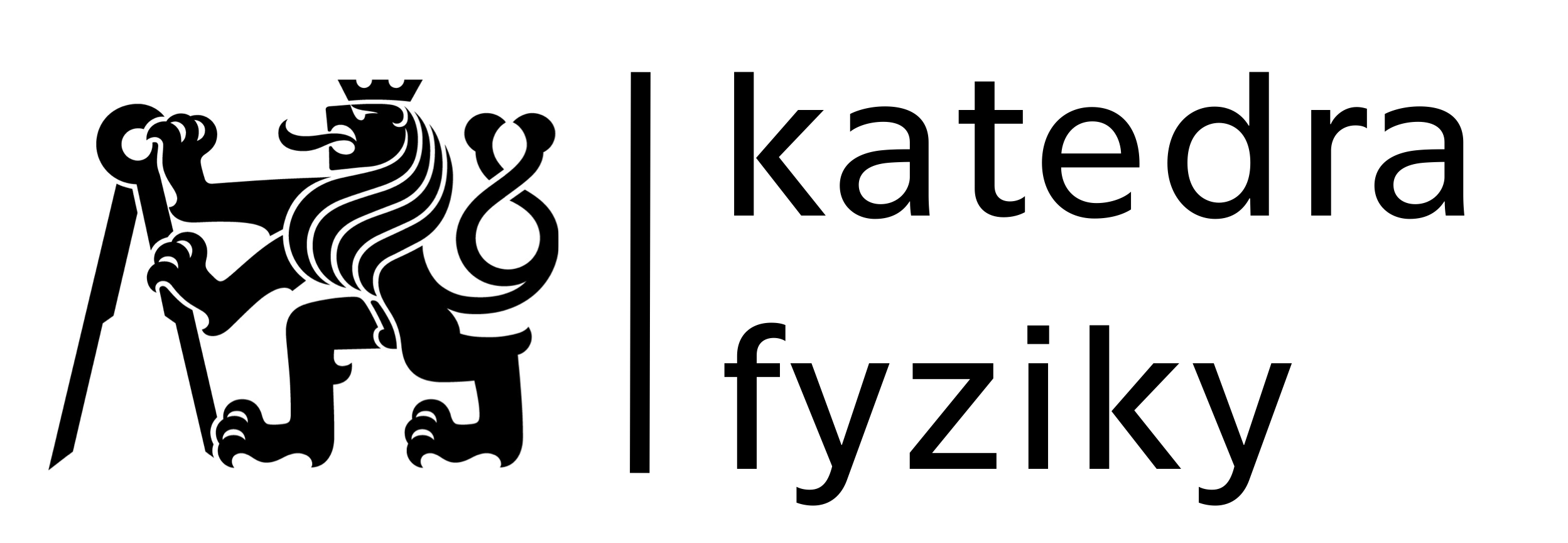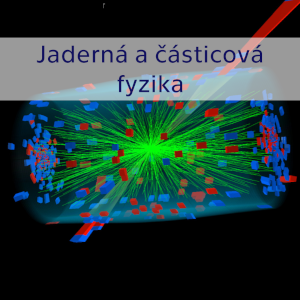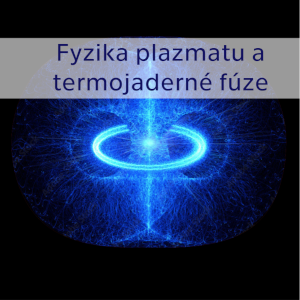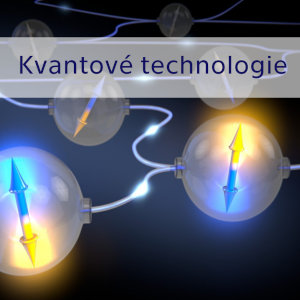Název anglicky / Title English: Surrogate modelling of intense laser-plasma interaction
Osnova / Outline:
Laser absorption is a complex process depending on a wide range of parameters and as such it is impossible to describe with a simple model in the whole parameter space of interest. There exist several theories describing different aspects of the absorption process, but the real absorption often includes multiple physics mechanisms which may either coexist or compete in different spatial regions and in time. The qualitative description of absorption is on the other hand the key tool for future application of laser based secondary sources as their properties and efficiency directly depend on the population of laser accelerated electrons. Qualitative description of laser absorption is thus an essential component of all future application-oriented designs of laser induced secondary sources of energetic particles and radiation.
In this thesis topic we intend to develop a quantitative model of laser absorption using a machine learning tools and surrogate models. Machine learning tools and especially deep neural networks are becoming very popular and successful tool in the physics research too due to their ability to describe complicated relations between complex multi-parameter inputs and outputs. Surrogate models approximate this complicated relation by interpolating from a set of data that is usually difficult to acquire and thus they can replace the costly numerical simulations in describing the complicated multi-parametric relation. In particular, the deep neural networks offer the advantage of ability to describe efficiently complicated non-linear response, good scalability to high dimensional data and possibility to update with new datasets as well as such options like transfer learning to adopt the neural network to predict outcome of experiments based on its partial training using simulation data [1].
Literatura / reference:
[1] K. D. Humbird, Machine Learning Guided Discovery and Design for Inertial Confinement Fusion, available from https://hdl.handle.net/1969.1/184398





